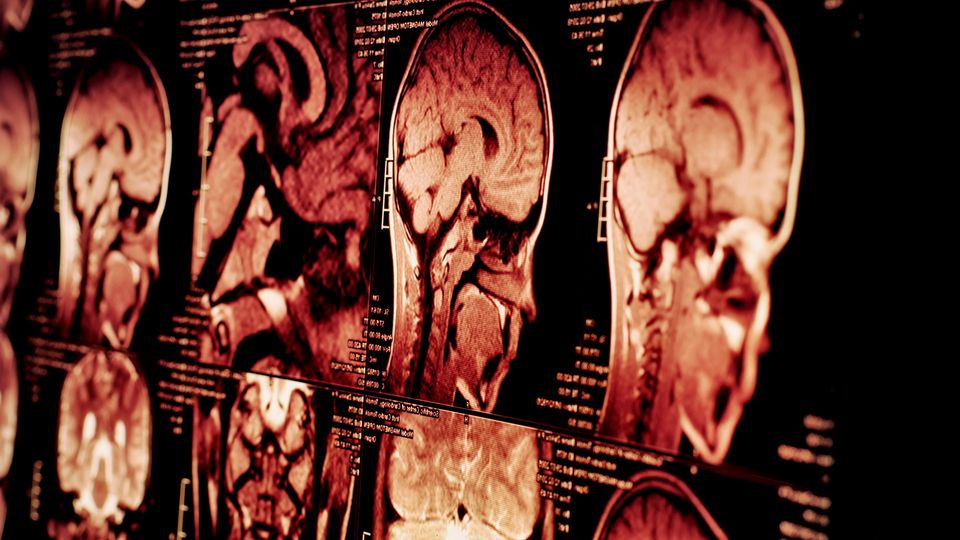Psychosis May Share a Common Dopamine Link Across Diagnoses
PET scans reveal dopamine changes tied to psychosis symptoms across mood disorders.

Complete the form below to unlock access to ALL audio articles.
The findings of a new brain study could change the way doctors treat mood disorders involving psychosis in patients.
The brain imaging study found that changes in brain dopamine are linked to symptoms of psychosis, no matter whether a person has been diagnosed with schizophrenia, bipolar disorder, or major depression.
The research, published in JAMA Psychiatry by teams at Imperial College London, the University of Oxford and King's College London, suggests that the underlying biological basis of psychosis doesn't correspond to traditional diagnostic labels.
The researchers used PET scanning to examine the brains of people who were experiencing their first episode of psychosis with other mood disorders involving either depressive or manic symptoms, to measure how much dopamine the brain made.
Across both diagnostic groups scanned - people experiencing mania or depression - increased dopamine synthesis was linked to positive psychotic symptoms, such as hallucinations or delusions.
This suggests that antipsychotic drugs, which target the dopamine system, may be suitable to treat psychotic symptoms across diagnoses.
At present, most medical treatments for psychosis (antipsychotics) target dopamine, but are often given to people with particular psychotic disorders, e.g. schizophrenia. By contrast, people with depression and psychosis tend not to receive medicines targeting dopamine, owing to less research in this group.
Lead researcher Dr Sameer Jauhar at Imperial College London's Department of Brain Sciences said: “The labels used in psychiatry don’t always match how psychosis works in the brain, so they may not be the best guide for choosing treatments, or predicting who may respond. Nature doesn’t follow our diagnostic rules and we shouldn’t expect her to."
The study has implications for how common disorders involving psychosis are presently treated, with the prospect of more targeted treatments for groups in future.
The researchers scanned 76 people, 38 of whom had psychosis and mood symptoms (25 experiencing depression, 13 experiencing mania/mixed) and 38 controls experiencing no mental health symptoms. They used PET scanners to measure dopamine production in three areas of the brain; the associative, limbic and sensorimotor regions.
Across all participants, higher dopamine synthesis in the associative region was linked with greater severity of psychotic symptoms, no matter what the category of diagnosis was.
But people with manic psychosis made more dopamine, especially in the brain’s limbic region, than people with psychosis plus depression.
People with non-affective psychosis had more changes in the associative region of the brain. This means different types of psychosis share some dopamine changes but also have unique ones.
Co-author Dr Rob McCutcheon of the University of Oxford said: "Most of our current treatments for psychosis work by modulating dopamine signalling, but we often use them in a one-size-fits-all way. This study shows that dopamine dysfunction isn’t uniform in psychosis. If we want to move beyond trial-and-error prescribing, we need to match treatments to underlying biology.”
Reference: Jauhar S, McCutcheon RA, Nour MM, et al. Dopamine and mood in psychotic disorders: an 18F-DOPA PET study. JAMA Psychiatry. 2025. doi: 10.1001/jamapsychiatry.2025.1811
This article has been republished from the following materials. Note: material may have been edited for length and content. For further information, please contact the cited source. Our press release publishing policy can be accessed here.



